12 April 2013
In response to great demand, we have decided to publish on our site the long and extraordinary interviews that appeared in the print magazine from 2009 to 2011. Forty gripping conversations with the protagonists of contemporary art, design and architecture. Once a week, an appointment not to be missed. A real treat. Today it’s Andrea Branzi’s turn.
Klat #01, winter 2009-2010.
Andrea Branzi is one of the great Italian designers, but more than a designer – a thinker of objects – as far as I’m concerned he is a humanist, an intellectual with a solid background of interests, of scientific and technological notions. I am intrigued by his idea of the city as a flow of information, as space determined by that flow, and by many of his other flights, between description and creation. Creation and description, after all, are the poles between which the activity of an applied thinker might move, of an architect of genetic histories, of a painter who pursues the representation of the air between buildings. Andrea Branzi is also a reserved, genteel person, the exact opposite of the Promethean hype (real, in certain cases) that surrounds the works and deeds of so many of the stars of 20th-century Italian design. One day, talking about Sottsass, he wrote that it is necessary to abandon, once and for all, the mechanism of the killing off of fathers. We can be simultaneously fathers and sons, for the first time in History. Maybe Andrea Branzi is truly with us, a man of the next century, this one: our century. I like Branzi’s projects, the attention he pays to those who are younger, his profound knowledge of the habits of dogs, the way he says “pronto” when he answers the phone, terse and courtly at the same time.
I like his refined working of spurious, contrasting materials, his distance from the professional priesthood that derails so many mature Italian minds, and the capacity he has repeatedly demonstrated during the course of his career to vanish from the world, and then to return, enriched as never before.
One day you told me that in your opinion the art institutions are the new churches.
I wrote an article some years ago for Interni on the relationship between religion and art that is a good illustration, I think, of this idea. I’ll read a passage for you: «After centuries in which the figures of saints and scenes from the New Testament were proposed as models of virtue to gain salvation in another life, Andy Warhol, Vik Muniz, Hiroshi Sugimoto, Cindy Sherman, Joel-Peter Witkin, Luigi Ontani, Ottonella Mocellin, Nicola Pellegrini and many others have emptied the theological dimension, the sacred scenes, like tableaux vivants immersed in this earthly existence. As if to say that the new religion is here, amidst human beings, mortals, and the artist is the new priest. We should not rule out the idea that this trend may have some impact on design culture as well, which is now adrift, without any spiritual dimension, caught in its obsessive professionalism that is destroying its capacity to generate less superficial experiences, spaces of great anthropological impact». Does that answer your question?
We have often talked about Judaism and Catholicism. Could you tell me something about your roots, in this sense? Is it true that you have only recently discovered your Jewish origins?
I recently discovered my Jewish ancestors, thanks to my Jewish and Israeli students, who have always said that my way of thinking and my physiognomy were typically Jewish. So I found out that the surnames of the parents of my grandmother Merope (Del Rocca and Petralia) were typical surnames of Italian Jews, and actually many of the physiognomies in my family seem to reflect this influence: my mother looked like Golda Meir, my daughter reminds me of Anne Frank, my brother looks like the twin brother of Kissinger, my sisters are typical Jewish beauties… The strangest thing is that this discovery triggered others, because the Jews that do not know they are Jewish (not religious, outside the community and Zionism) tend to marry other “unaware” Jews. So we discovered that my wife and some of her siblings and my siblings, in turn, also married Jews, to the point of reconstructing a sort of unconscious Jewish community of about 50 persons! The thing is surprising, but only up to a point, because the sense of non-belonging is typical of the Jewish condition, and it is this diversity, with respect to society, that favors a sort of deep complicity of character.
Recently in your studio I saw a sort of altar with a quotation from Rosso Fiorentino, or maybe it was Pontormo, I can’t remember. Can you tell me what that altar means to you?
It’s not an altar, it’s an installation that is part of the Grandi Legni collection I have presented in Paris in October. Recently I have been working, also at the Politecnico, on the recovery of the sacred dimension of design, not necessarily religious or metaphysical, but a cultural dimension of the environment and objects. Today’s design and architecture have great aesthetic refinement, but it is based on a self-referential code that reproduces the languages of modernity without reaching new cultural dimensions like the sacred, the anthropological, psychoanalysis. But the time has come to approach these themes, if we want to give greater substance, greater depth to the culture and the environment. Without being religious …
I read an enlightening phrase you once said, in a small book on Sottsass: we are no longer in the time in which it is necessary to “kill the father” to become what one is, in Nietzschean terms. It is possible to simultaneously be both fathers and sons. Or something like that. Could you tell in what context you developed that idea? I think it is very fertile and important.
I don’t remember saying that, but the old Freudian rhetoric of patricide as a necessary phase for one’s own emancipation certainly does seem obsolete. Asor Rosa, too, if I’m not mistaken, has pointed out that in Italy, if anything, we have the myth of fratricide (from Romulus and Remus on). Maybe I was talking about the relationship between Ettore Sottsass Jr and his father, Ettore Sottsass Sr, which was never one of conflict. This is true of me, too. Italy’s version of the movement of ’68 squandered great, useless quantities of energy to become “orphans”: the attempt was not successful, and often they became even worse than their fathers.
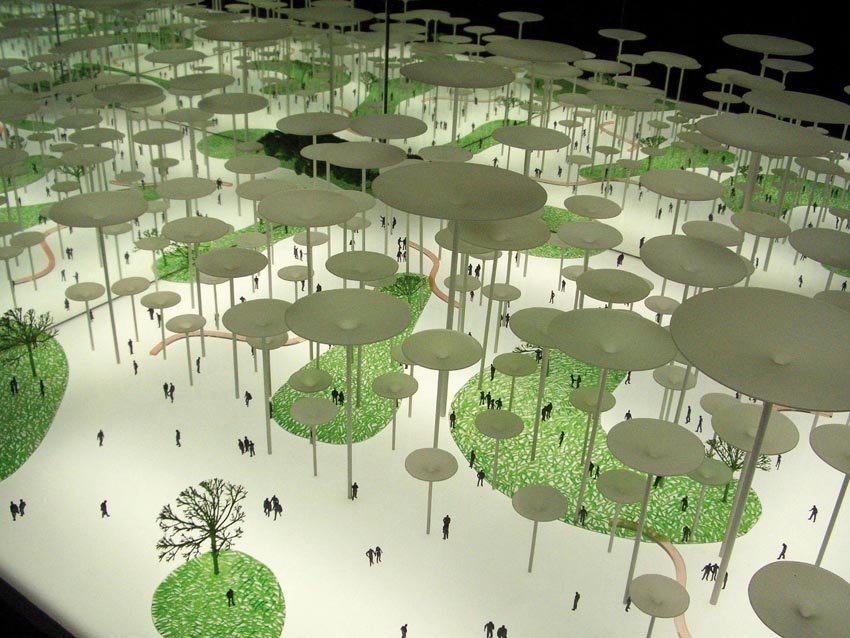
Andrea Branzi, Pinewood of Architecture, 2007. Territorial simulator with mirror viewer.
I was struck by your interpretation of my book on money. You said two things, in particular: a quotation from Gogol and the need to rewrite, to return, to always expand the same project. Is this how you have worked, and how you are working? In successive returns, expansions, phases of growth of ideas?
Your book La tua vita in 30 comode rate reminded me of Gogol’s Dead Souls, a metaphor for trade in non-existent things (and values). I believe that an intellectual or a creative professional has to base his work on a particular territory, a historical or autobiographical theme, to avoid scattering. This may also happen by continuous variation of form or contents, but he has to develop his own mission that crosses through time and contains changing history.
What relationship do you have with the other arts, particularly with literature and cinema, the narrative arts?
I have a very sporadic relationship with art and literature, which I use in a very tactical way in different phases of my work. Generally, I read history books or biographies, because the life of men is the only thing that really interests me. I read biographies, above all, instead of works of literature, because I am more interested in poets than poems, in artists than art.
How would you describe your present relationship with the university and the practice of teaching?
Teaching is an integral part of my research, because I teach in order to learn.
I am very interested in the autobiographical roots of experience, artistic practice and thought. You told me about a long period you spent in a clinic, as a youth, in Switzerland due to a sports accident. Is there some memory, in this, of the Magic Mountain? Some echo of Moravia? I’m thinking about Inverno di malato, one of his best stories. In other words, what relationship exists between the forced calm of physical weakness and the reflections that generate creative impulses?
You have come up with a rather romantic interpretation of what was actually a banal episode: some time ago, in Switzerland, I broke a leg skiing and had to stay for about 40 days in a clinic in the mountains, full of skiers with broken legs. I have fond memories of the place, though, because for the first time I was left alone with fantasies and I did a lot of thinking, but there was no physical suffering.
You often work together with your wife, and with your daughter. Can you describe your feelings about intellectual collaboration inside the family? What is your relationship with fatherhood? You seem, if I can say it mildly, without too much emphasis, to be an attentive, active father, the opposite of the male Chronos, castrating, repressive. You do not feed on your family life, your children, as so often happens with other protagonists of art, design and architecture, or other protagonists in general. What do you think about this?
In general, I have a good relationship with my family, though I am a very touchy person and not always very easy to get along with. I believe we have children in order to learn: they have something to teach parents, not vice versa. Conjugal love and faithfulness are cultural categories that have to be cultivated, because as Baudelaire said, they are the sign of the “genius”. Leon Battista Alberti also said something of the sort, that family happiness has a good influence on art, on ingenuity. To achieve family happiness at times you have to go through things like crime, drugs, betrayal. Other times what counts is the capacity to love, which is not something everyone possesses …
I have a book here, Genetic Tales, which you designed and created. It seems like a conceptual graphic novel. What is its place in your work? Are we not all, actually, walking genetic tales?
I have always thought that genetic energy is one of the deepest motors of human history, but history is always studied as a theater of economics, politics, power: as if these manifestations were not precisely the result of a vital energy, of individuals and masses, that motivates passions and ambitions, crimes and masterpieces. A genetic energy. In Genetic Tales I wanted to help children (but also adults) to understand that genetics is not a science, but the true history of humanity.

Andrea Branzi, Genetic Tales, 1998. Design for Alessi.
I am very intrigued by the relationship between urban landscape and animals, which you mentioned when you told me about a project you proposed for the city of Paris. Would you tell us about it?
In 2008, together with Stefano Boeri and others, for a competition held by the French president Sarkozy on the future of Greater Paris, we proposed a non-expansive program of intervention on the metropolis, based on the recovery and functional conversion of what already exists, on the quality of interiors and the insertion of 50,000 sacred cows and 30,000 free apes in the parks and avenues of Paris. Our idea was to move toward a less anthropocentric metropolis, that would offer “cosmic” hospitality, open to biological diversity. The project I showed at the Venice Architecture Biennial in 2008, Casa Madre, was also on this theme.
What interests you about the relationship animals have with space? The capacity to repeat patterns with infinite variations? The capacity to maintain and create communities composed of networks, gestures, liquids that transmit information?
The presence of free animals inside an urban fabric, as in Indian cities, creates a sort of reduction of stress, like elastomers inserted in an accelerated mechanism, that increase the level of unpredictability of the system and force it to slow its pace. Protected by their sacred nature, the animals interrupt routes and increase the mystery of the constructed world.
Why did you make a video summary of your multi-faceted work? Are you satisfied with the video? Why did you choose the music of Patti Smith as a soundtrack?
The video is not a summary, not definitive, but a provisional montage of the various parts of my work, which in spite of its variety attempts to construct, in time, a single work, following an overall strategy, not just as the sum of many different projects. The music of Patti Smith, with its hypnotic, sing-song quality, provides a sort of key of interpretation for this path. The dvd, in any case, is not a document on my work: it is my work.
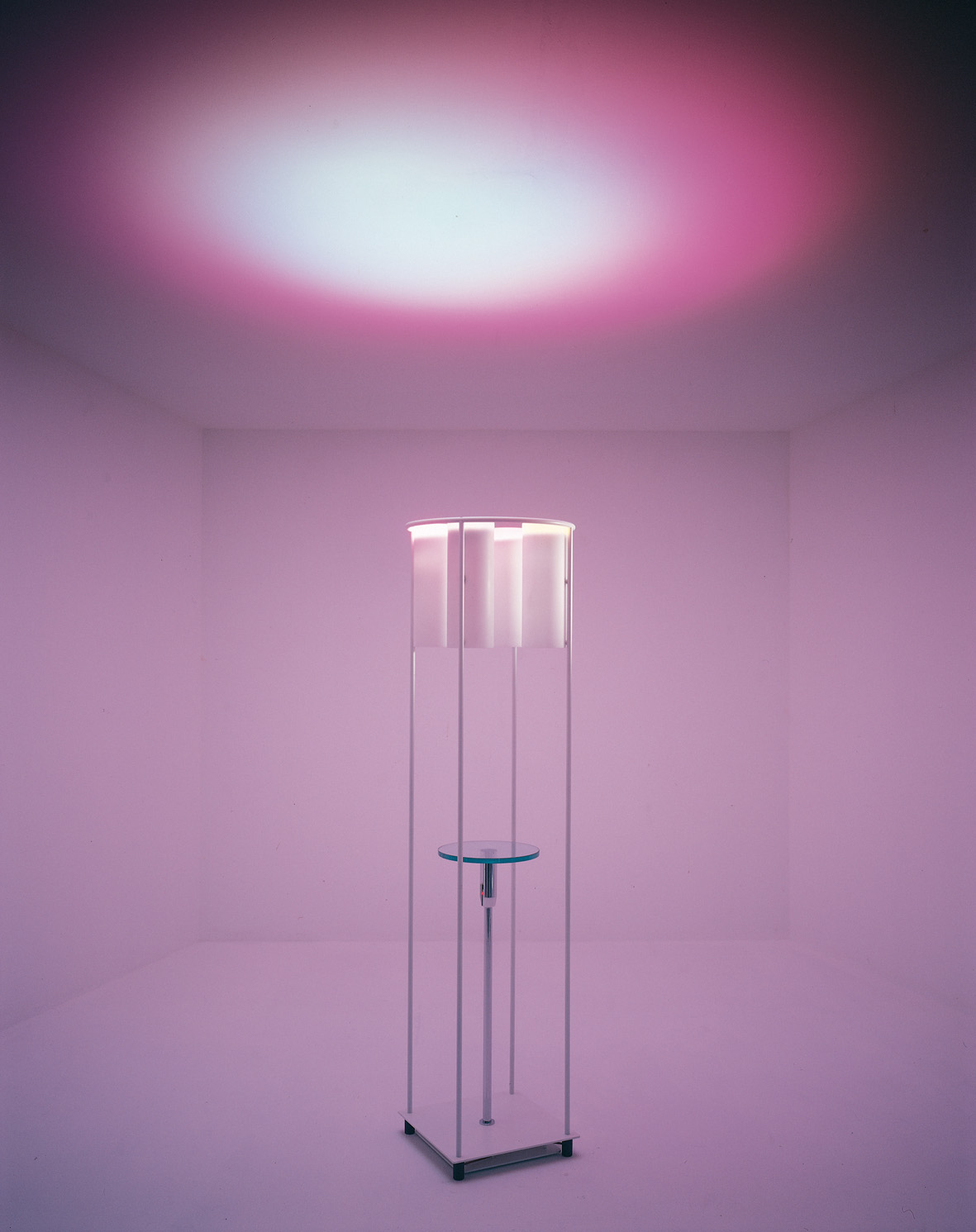
Andrea Branzi, Polidoro, 1996. Design for Artemide.
Does the expression “design thinker” mean anything to you in relation to your work, your career? Or do you prefer to just be known as a designer?
I often call myself a “theoretical physicist”, who does not work on applied physics, but on theorems whose practical use is often not known. Aldo Rossi also said that if you want to be a builder you organize things for that job, but if you want to be an architect you write a book.
Is there an artist, a designer or an architect you have never had the chance to discuss, someone whose work you would like to explore further, to commemorate or just indicate for us?
I have known many famous architects; today, I am interested in Junya Ishigami. I would have liked to meet Mark Rothko, but also Francis Bacon. Artists and poets interest me more than architects and designers, who are generally boring.
What do you think about the choice we have implemented, with Stefano Boeri, for Abitare, of setting literary stories in architectural or urban spaces, or even in interiors or around objects, as a poetic, critical and emotional key?
It seems like a fundamental step. It would be useful if designers would start thinking, not just drawing.
A friend of mine who really loves your work suggested a few questions for you. The first has to do with the poor. What objects urgently need to be designed for the so-called “new poverty” we can see in our streets, our cities? To combat it, to stop it from spreading?
The answer to the new poverty should not be Ikea products, but simple products that have a high level of cultural value (as is often the case, with simple products). The danger is that poverty will be accompanied by an aesthetically and culturally impoverished environment. Poverty needs everything, so we should never throw anything away, especially the “superfluous”, which represents the most indispensable category. Poverty is not a lifestyle, it is a dangerous illness, it must not become chronic. The poor should be given everything, and nothing should be taken away.
What don’t you like about Ikea products?
Actually, I like everything about Ikea, because it is a company that has a long, very noble history of Nordic design and social democracy behind it. What I don’t trust, however, are cheap products, that cost little and are worth less.
Would you design a line of products for Ikea, were they to ask you?
I’d love to design things for Ikea, but I don’t think I would really be able to make products for their catalogue. My work is completely different, it addresses a particular (small editions, limited editions). It is not against the Ikea philosophy, it is complementary.
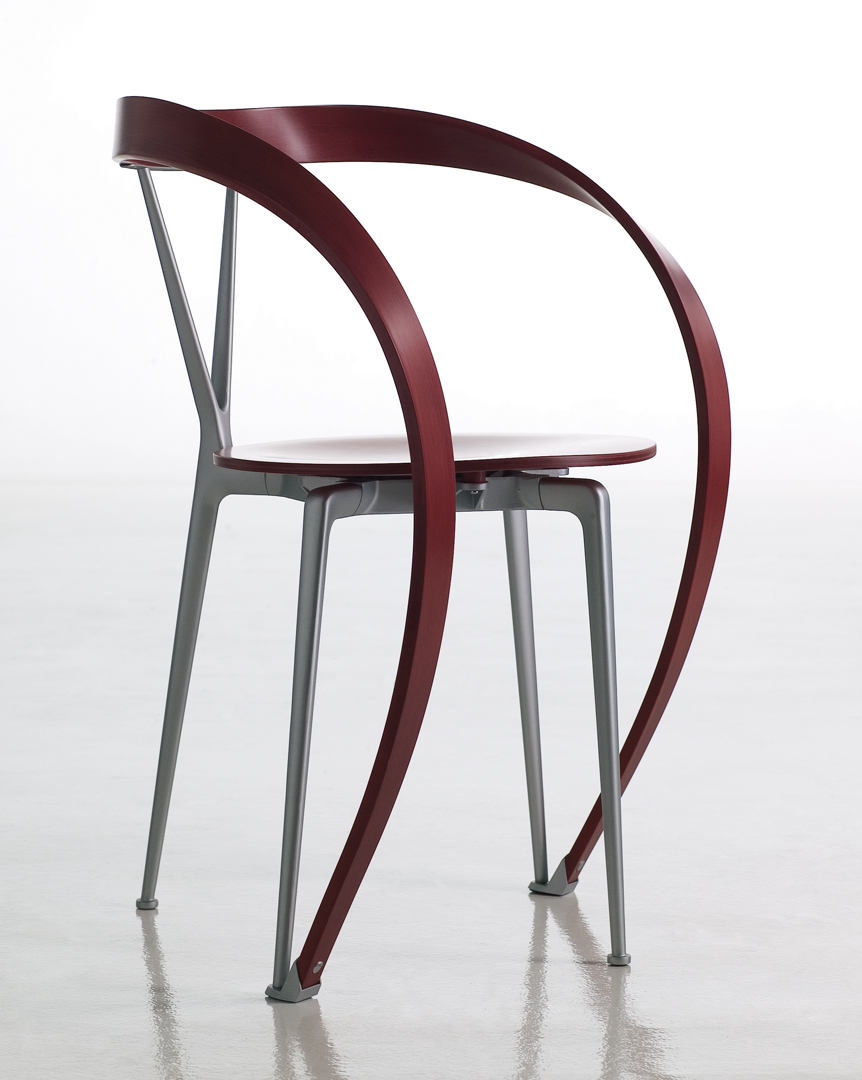
Andrea Branzi, Revers, 1993. Design for Cassina.
Why do you say that the “superfluous” is the most necessary category today? Do you believe having a designed environment, created by an author, is something superfluous?
Oscar Wilde said: «We live in an age when unnecessary things are our only necessities». Where I’m concerned, I think we should be very careful about distinguishing between what is indispensable and what is not. All societies have developed by investing their finest energies precisely in those apparently “superfluous” sectors, like art, music, poetry, beauty. The ancient world, the most solid, has been completely destroyed, but the “superfluous” has survived the disasters of history and still functions perfectly. Often, in design, an attempt is made to separate functional tools from what is symbolic, but actually every tool has its own symbolism. After all, even the “hammer and sickle” have taken on a very powerful symbolic meaning. So in my view, the distinction is not between objects or spaces that have been designed and others that have not. I try to make projects that do not look like they have been designed, often using natural logs and branches.
Is there a course, a seminar, a study you have always wanted to do but never done, for one reason or another?
I have always wanted to do projects of spaces “in style”, to get beyond that syndrome that labels objects in styles from the past as something regressive. It’s like claiming that historical films, with costumes, are reactionary, though they can actually be very timely.
Speaking of animals: one day we discussed the possibility of a narrative with a dog as the central character. Do you believe that dogs are the most sacred animals, in the sense you mentioned earlier, or the least sacred, because they are the closest to man?
I particularly like dogs, like many other animals, for their seriousness, their professionalism, their worldview. Which perhaps is close to my worldview, though they are better than me. Sacred animals are the ones that are more mysterious, ferocious, unpredictable, that seem to be possessed by some unfathomable deity.
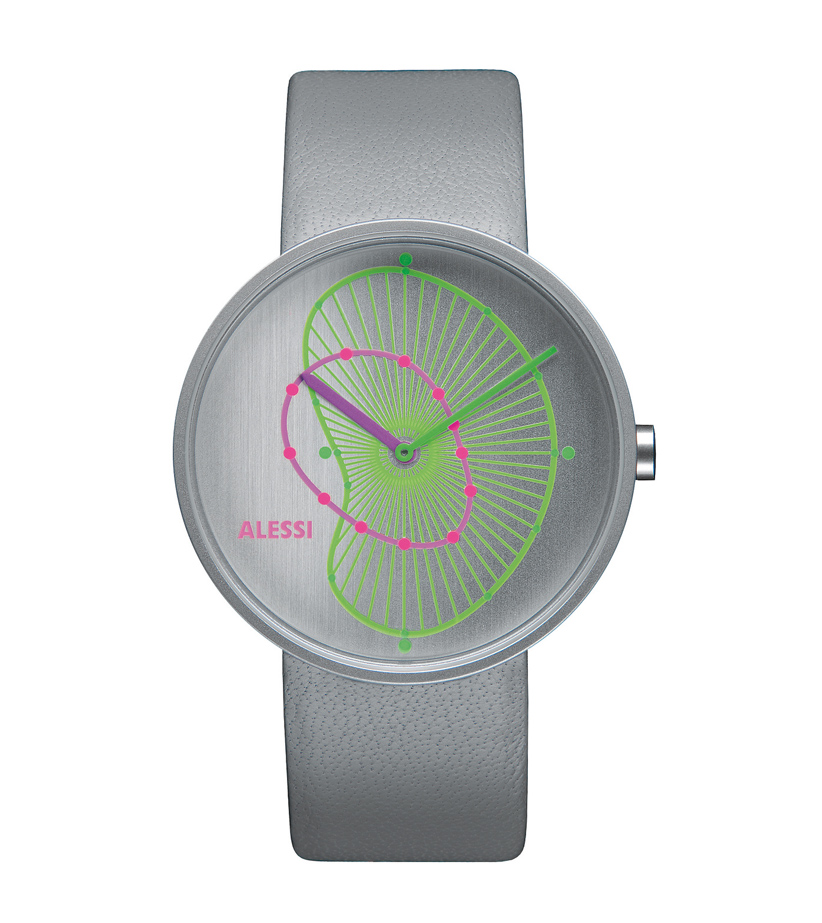
Andrea Branzi, Out_Time, 2006. Design for Alessi.
Regarding your work as a “theoretical physicist”, in your view what is the role of humanism in a scenario of intellectual, cognitive and design practices that will always be extremely scientific and o technological?
I don’t think the world is moving in the direction of a new humanism. Instead, as Mario Tronti said, it is heading toward a liberating materialism that simply calls for more money, less work and more sex. Science and technology are just the tools to achieve this outcome. And this outcome is rooted in the anthropological viewpoint. I don’t think I am a humanist, but instead, as I was saying, a “theoretical physicist” who investigates unexplored areas of design, without worrying about their immediate application.
What part does intuition play in your work process? Do you agree with the idea that intuition means above all “catching” bundles of brain waves scattered in the air? Or do you think it is a procedure that takes place inside the brain, just highly accelerated concatenated thinking?
I have no idea what intuition is, and I don’t think it is very useful to try to define it. Scientific thought also contains many intuitive elements, and perhaps every form of thought, including logic, contains them.
Can the famous phrase of Cedric Price «the quality of the air conditioning is more important than the shape of the building» be updated today, in your view, in terms of wireless zones, the cubic liters of knowledge we cross with our solid bodies every day in homes and cities?
The city is a concentrate of knowledge and micro-climates, which are the same thing. Architecture, in fact, can be identified today as “climate switcher” between inside and outside, and it produces very sophisticated physical and sensorial information, not just visual information.
Can you name an over-rated architecture book, and an under-rated one?
I don’t read architecture books, maybe I have never read them. This condition of willful ignorance comes from the fact that you either write books or you read them. Architecture can be understood as part of the general history of a society, otherwise you cannot understand it at all.
What are you working on right now?
In this moment I am working on projects that seem quite different, but actually intertwine, helping each other reciprocally.
Thanks Andrea.
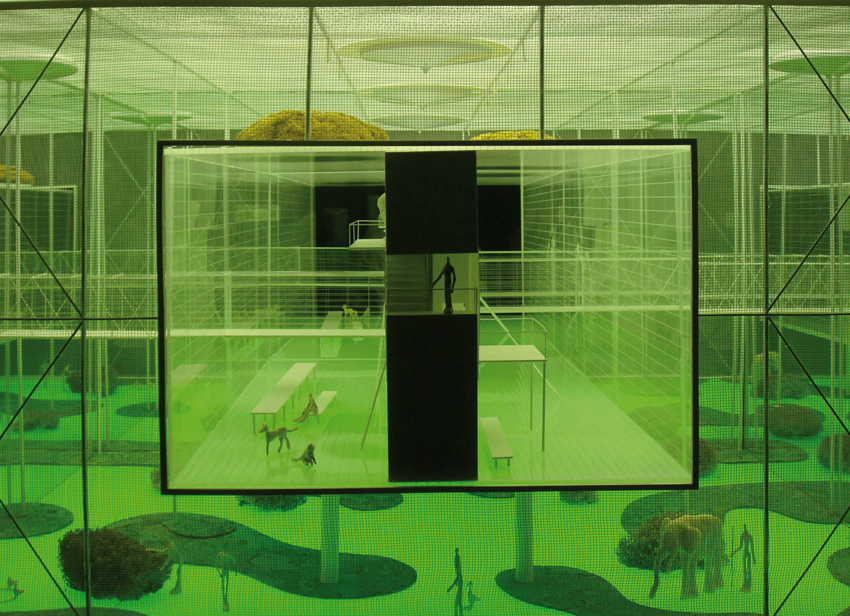
Andrea Branzi, Casa madre, Biennale di Architettura di Venezia, 2008. Courtesy: Fondazione La Biennale di Venezia
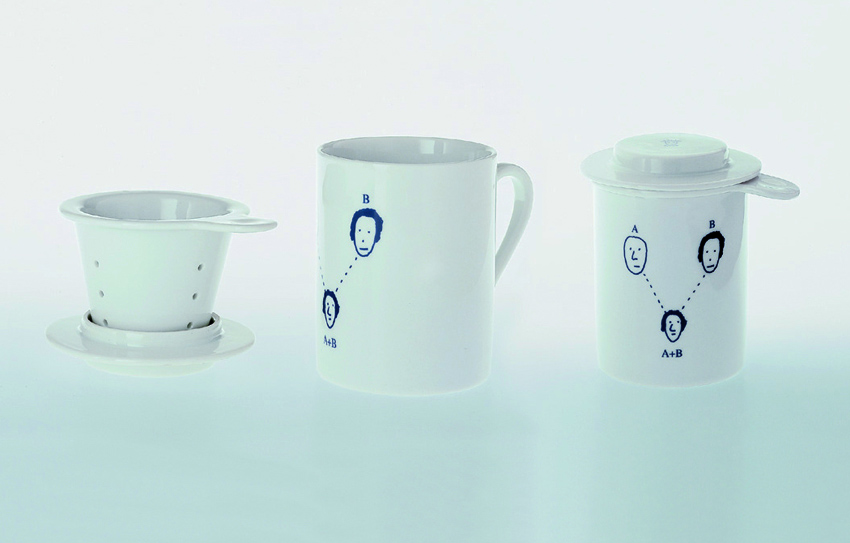
Andrea Branzi, Genetic Tales, 1998. Design for Alessi. White porcelain mugs with blue decoration.
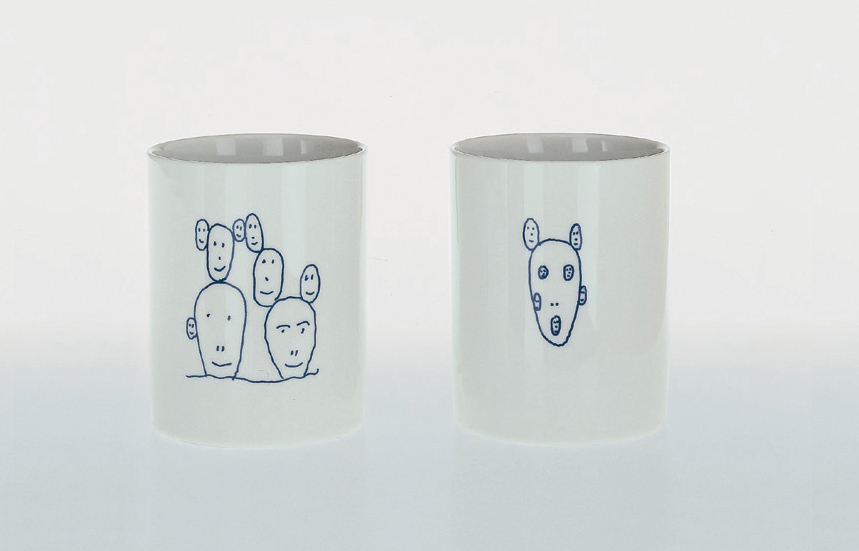
Andrea Branzi, Genetic Tales, 1998. Design for Alessi. White porcelain mugs with blue decoration.
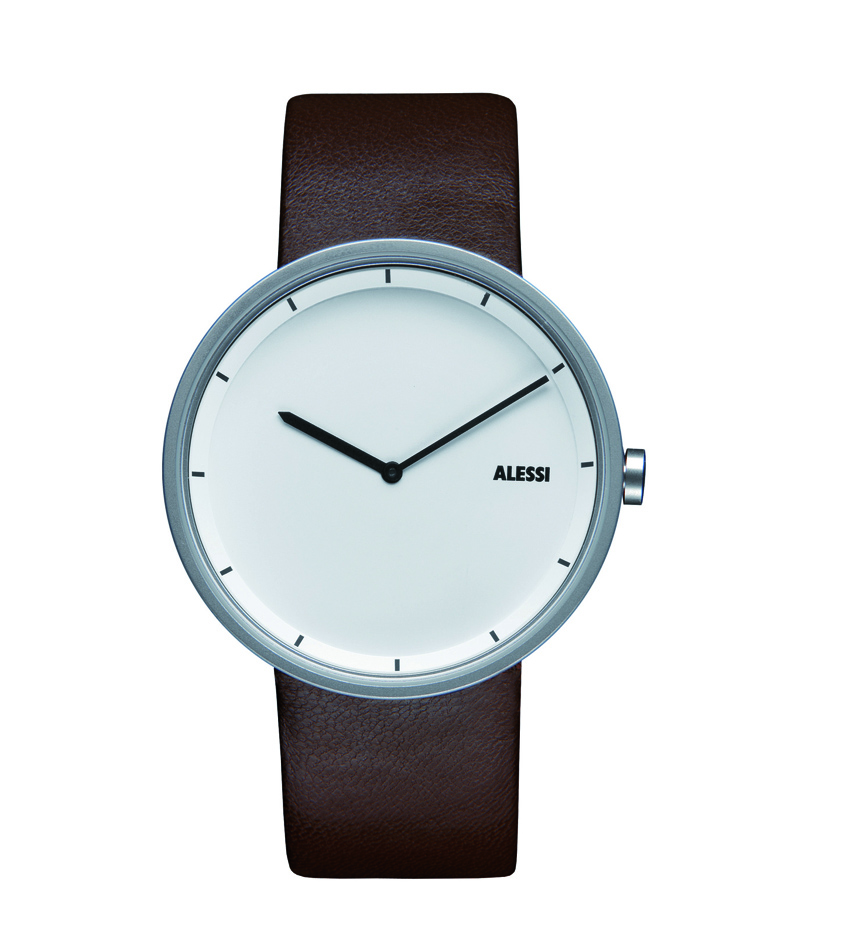
Andrea Branzi, Out_Time, 2006. Design for Alessi.